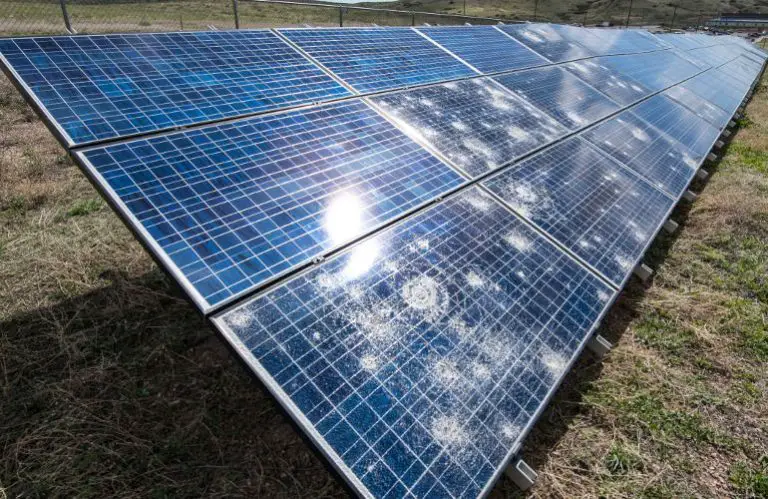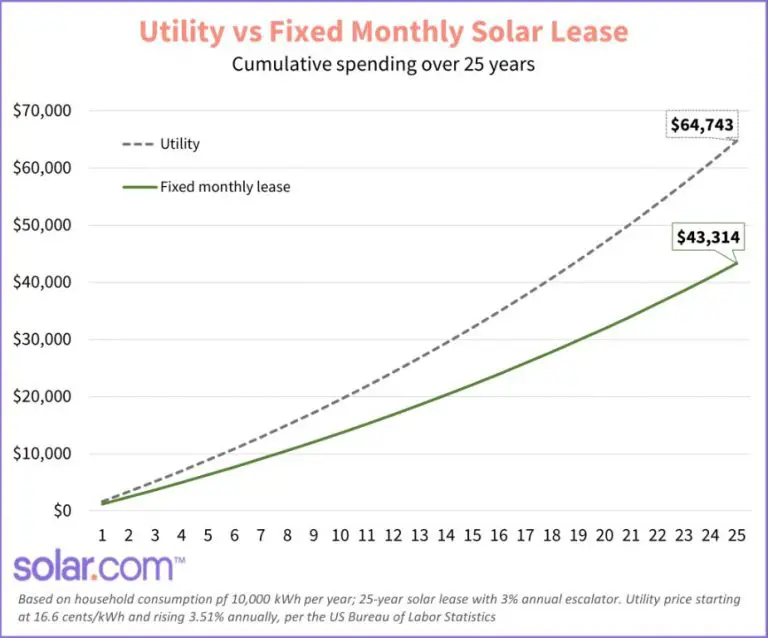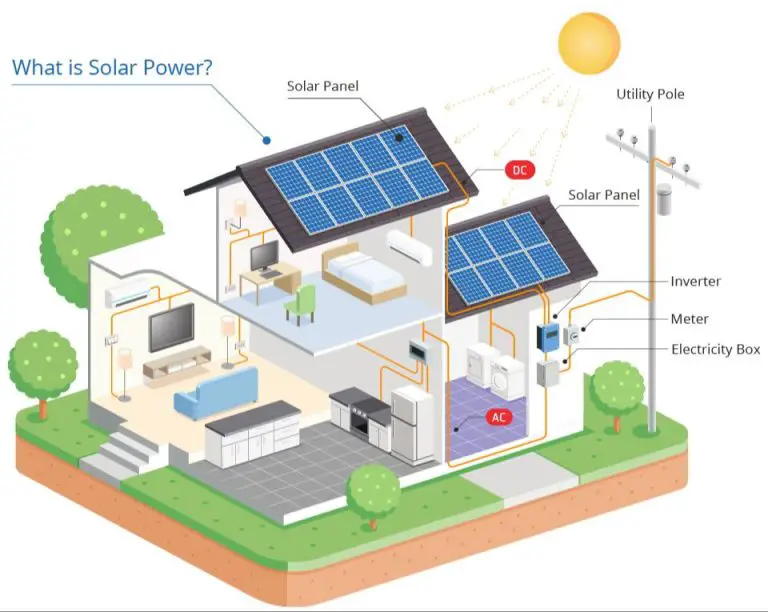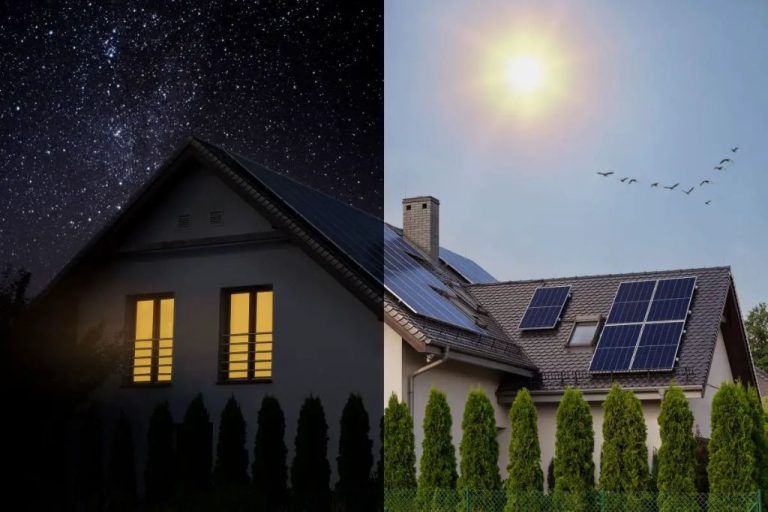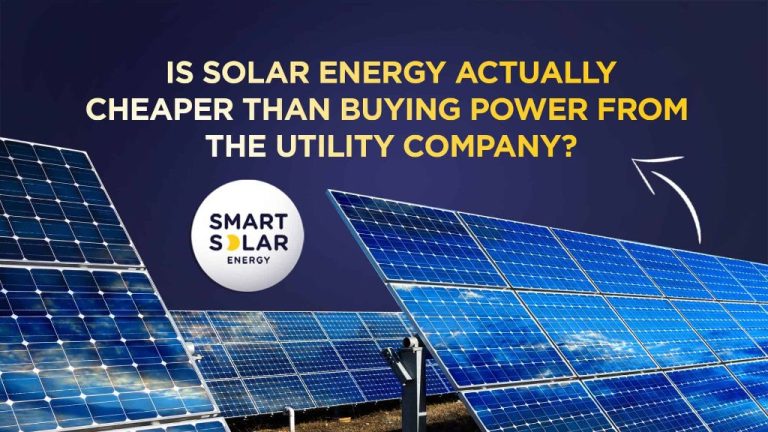What Is Photovoltaic Solar Electricity Generation?
Photovoltaic (PV) solar cells, sometimes called solar cells, are devices that convert light energy directly into electrical energy using the photovoltaic effect. The photovoltaic effect refers to the generation of voltage and electric current in a material upon exposure to light. It was first observed in 1839 by French physicist Edmond Becquerel.
PV cells are made up of layers of semiconductor materials, most commonly silicon. When sunlight hits the cell, photons are absorbed by the semiconductor material, causing electrons to break loose from their atomic bonds. This generates electron-hole pairs and free charge carriers that result in a directional current when the cell is connected in a closed circuit. The electrical connections on the cell allow this current to be captured and utilized.
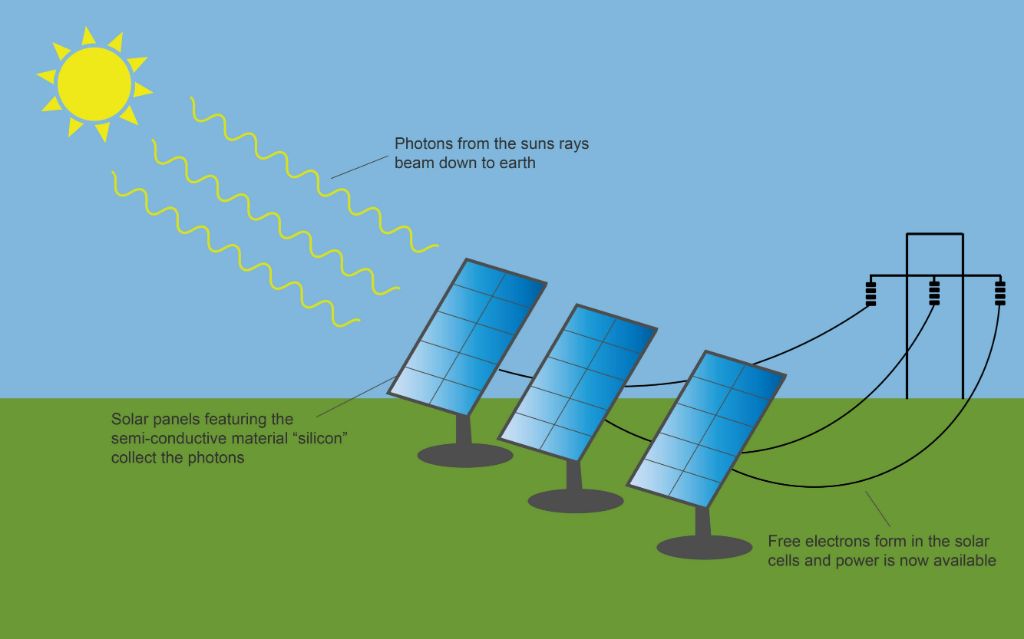
In summary, PV cells can generate clean electricity directly from sunlight through a process that involves photon absorption, charge separation, and electron flow in a closed circuit. This photovoltaic conversion process allows solar panels to produce renewable energy without any mechanical intermediate steps.
How Solar Panels Produce Electricity
Solar panels produce electricity through the photoelectric effect. When photons from sunlight strike the solar cell, they transfer their energy to the electrons in the semiconductor material. This energizes the electrons enough to break free of their atomic bonds and flow through the material as electric current.
The key components in a basic photovoltaic cell are:
- A photosensitive semiconductor material, usually silicon. This forms the base of the solar cell.
- A negative electrode on one surface of the semiconductor. This collects the free electrons.
- A positive electrode on the other surface of the semiconductor. This draws the electrons away from the negative electrode when connected to an external load.
When sunlight strikes the solar cell, photons with enough energy dislodge electrons in the semiconductor, causing electron flow. The electrons migrate to the negative electrode, while the resulting “holes” move to the positive electrode. This movement of electrons from one electrode to the other generates an electric current when the solar cell is connected to a load.
Types of Photovoltaic Solar Cells
There are three main types of photovoltaic solar cells used today: crystalline silicon, thin film, and emerging types.
Crystalline silicon solar cells are the most common type, made from silicon wafers. They come in two main types:
- Monocrystalline silicon – Made from a single cylindrical silicon crystal, giving them a uniform color and high efficiency of around 15-20%. They are more expensive than polycrystalline.
- Polycrystalline silicon – Made from molten silicon cast into ingots of interlocking silicon crystals. They have a speckled blue color and lower efficiency around 13-16%, but are cheaper due to simpler manufacturing.
Thin film solar cells are made by depositing ultra thin layers of photosensitive materials onto substrates like glass or plastic. They are less efficient at around 7-13% but cheaper to produce. Types include:
- Amorphous silicon
- Cadmium telluride (CdTe)
- Copper indium gallium selenide (CIGS)
Emerging types use advanced materials like perovskites, organic polymers, and quantum dots to improve efficiency and lower costs. They are in earlier stages of commercialization.
Efficiency of Solar Panels
The efficiency of a solar panel indicates what percentage of sunlight shining on the panel is converted into usable electricity. Most mass-market solar panels have efficiencies in the range of 15% to 20%.
There are several factors that affect the efficiency of a photovoltaic solar panel:
- The semiconductor material used – different materials have different light absorption and electron mobility characteristics.
- The quality of the semiconductor – impurities and defects will reduce efficiency.
- The panel temperature – higher temperatures cause efficiency to drop.
- The amount of sunlight – efficiency peaks at maximum solar irradiance.
- The angle of the sunlight – optimal efficiency is achieved when light hits perpendicular to the panel.
Ongoing advances in solar cell technology are pushing efficiencies higher through improved materials and device structures. Multi-junction solar cells with multiple semiconductor layers have reached laboratory efficiencies over 45%, far surpassing normal single-junction cells. Concentrating photovoltaic systems that use lenses and curved mirrors to focus sunlight onto small high-efficiency multi-junction cells are also being developed.
Higher solar panel efficiencies allow for generation of more electricity from the same installation area, reducing the relative system costs. However, there are diminishing returns, and the cost premium for the highest efficiency panels may outweigh the performance gains in some applications.
Applications of Solar Electricity Generation
Photovoltaic solar panels have a wide range of applications for generating electricity. The scale of PV systems ranges from small rooftop systems on homes and businesses to massive utility-scale solar farms covering hundreds of acres.
Residential PV Systems
Rooftop solar panels on residential homes are one of the most common applications of solar PV systems. Homeowners can install solar panels on their rooftops to generate electricity and offset their home’s power consumption. The electricity produced by the solar panels can directly power the home or be fed back into the grid. Residential systems are typically in the 2-10 kilowatt range.
Commercial PV Systems
Solar PV systems are also widely used to power businesses and provide electricity for commercial buildings. The large flat roofs of warehouses, retail stores, schools, and office buildings provide ideal spaces for installing solar panels. Commercial systems are larger than residential ones, typically ranging from 10-1000 kilowatts depending on the size and energy needs of the building.
Utility-Scale PV Systems
The largest application of solar PV is in utility-scale solar farms that produce massive amounts of electricity to feed into the grid. These systems can range from 1-100 megawatts at a single site, with multiple sites generating hundreds of megawatts of power. Utility-scale solar provides clean renewable electricity to supplement grid power and serve thousands of homes and businesses. Large solar farms are increasingly being built in sun-rich areas around the world.
Installation of PV Systems
Installing a photovoltaic (PV) system requires careful planning and expertise to maximize solar energy production. There are several key components that make up a complete PV system.
Solar Panels
Solar panels, also known as PV modules, are where the electricity is generated from sunlight. Panels can be mounted on rooftops, ground mounts, or tracking systems to optimize their orientation to the sun.
Inverters
Inverters convert the DC electricity from solar panels into AC electricity that can be used in homes and on the grid. Microinverters can optimize each panel, while central inverters convert electricity from many panels at once.
Wiring
Proper wiring connects all components of the system together. This includes wiring between panels, inverters, junction boxes, and the utility grid.
Racking
Racking provides structural support and optimal orientation for solar panels. Rooftop systems use roof penetration or ballasted (weighted) mounting, while ground mounts use steel or aluminum posts anchored in concrete.
Monitoring
Monitoring systems provide real-time data on PV system performance. They track electricity production, operational status, and any faults needing repair.
Cost of Solar Electricity
The cost of solar electricity has declined dramatically over the past decade, making it increasingly competitive with conventional energy sources. This is due to a combination of factors:
System Costs
The costs of solar panels, inverters and other system components have fallen steadily thanks to technological improvements, economies of scale and global manufacturing growth. Panel prices have dropped over 80% since 2009.
Levelized Cost vs Other Sources
The “levelized cost” of solar electricity — including upfront capital and lifetime operating costs — is now cheaper than coal and nuclear energy in many markets. In sunnier regions, solar can even compete with natural gas. This makes it an economically attractive option.
Trends
Analysts project that solar costs will continue to decrease in the years ahead. With further tech advances and scale, solar electricity costs could fall a further 40-70% by 2050. This would make PV the cheapest form of energy worldwide.
Environmental Impact
Solar photovoltaic electricity generation has significant environmental benefits compared to fossil fuel-based power generation. By harnessing energy from the sun, PV systems produce electricity without emitting greenhouse gases like carbon dioxide and other air pollutants. This helps mitigate climate change and improve air quality.
Some key environmental advantages of solar PV include:
- Low carbon emissions – Solar PV generates electricity without any direct carbon emissions during operation. The carbon footprint over the lifetime of a solar panel is up to 100 times lower than coal-fired power plants.
- Reduced air pollution – Solar PV creates power without emitting air pollutants like sulphur dioxide, nitrogen oxides, and particulate matter. This leads to cleaner air and improved public health.
- Low water use – PV systems require negligible water for power generation compared to fossil fuels which use large volumes for cooling in thermal plants.
- Land use – While utility-scale solar farms do occupy significant land space, the land in between panels can be used for other purposes like grazing. Rooftop solar minimizes land usage.
- Toxic materials – Some PV panel components like lead and cadmium can pose environmental risks if not disposed of properly. But recycling programs are increasingly available.
Overall, solar photovoltaic technology provides a clean, renewable electricity generation source with minimal negative impacts on the environment and climate.
Challenges and Future Outlook
While solar power holds great promise as a renewable and clean energy source, it also faces some key challenges going forward:
Intermittency: Unlike traditional power plants, solar panels only produce energy when the sun is shining. This intermittency can make integrating large amounts of solar power into the electric grid challenging. Energy storage solutions like batteries can help smooth out power delivery during cloudy periods.
Storage: Affordable and scalable energy storage is critical for mitigating solar power’s intermittency. Battery storage technology continues to improve but further cost reductions will be needed. Other solutions like pumped hydropower storage are also being explored.
Grid Integration: Seamlessly integrating abundant solar power into the electric grid requires grid flexibility, proper transmission infrastructure, and advanced power electronics. More work remains to modernize grid management for high renewable penetration.
R&D Priorities: Ongoing solar research aims to boost cell efficiency, lower costs, extend module lifetime, improve manufacturing techniques, and integrate storage. Continued innovation will enable solar to become ever more competitive and widespread.
Despite current challenges, solar power’s share of worldwide electricity generation is projected to grow substantially in the decades ahead. With focused R&D and supportive policies, solar can become a pillar of the global energy supply.
Conclusion
In summary, photovoltaic solar electricity generation involves the conversion of sunlight into electricity through the use of photovoltaic cells. These cells are made of semiconducting materials that produce an electric current when exposed to sunlight. The most common type of solar cell uses crystalline silicon, but other materials like thin film are also being utilized. While solar power currently makes up a small percentage of global electricity production, it has enormous potential to meet the world’s energy needs in a clean and renewable way. The efficiency of solar panels continues to improve while costs keep declining. With increased deployment and technological advances, solar PV can play a major role in transitioning the world to sustainable energy and mitigating climate change. While some challenges remain, the future is bright for this emissions-free energy source.

